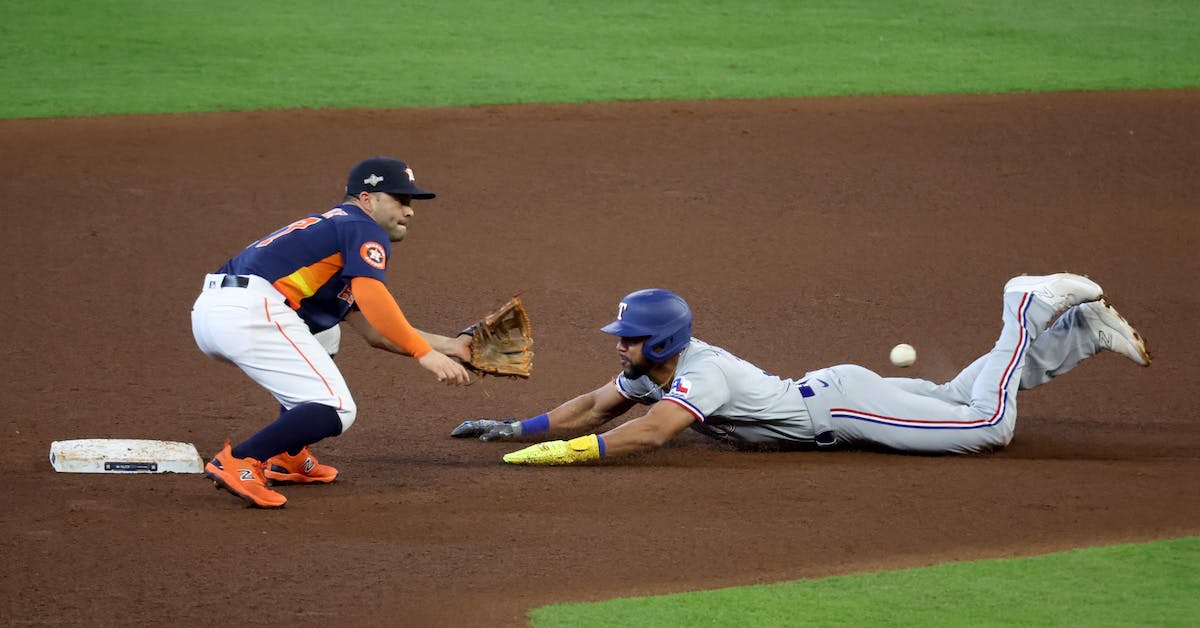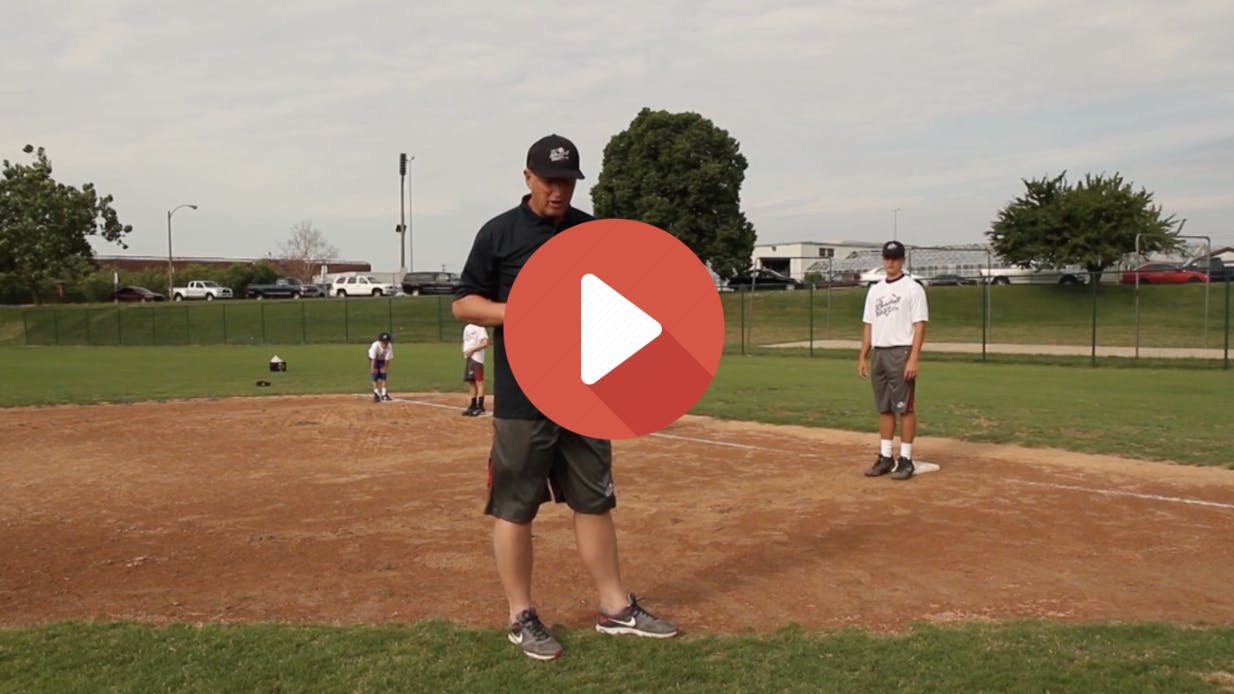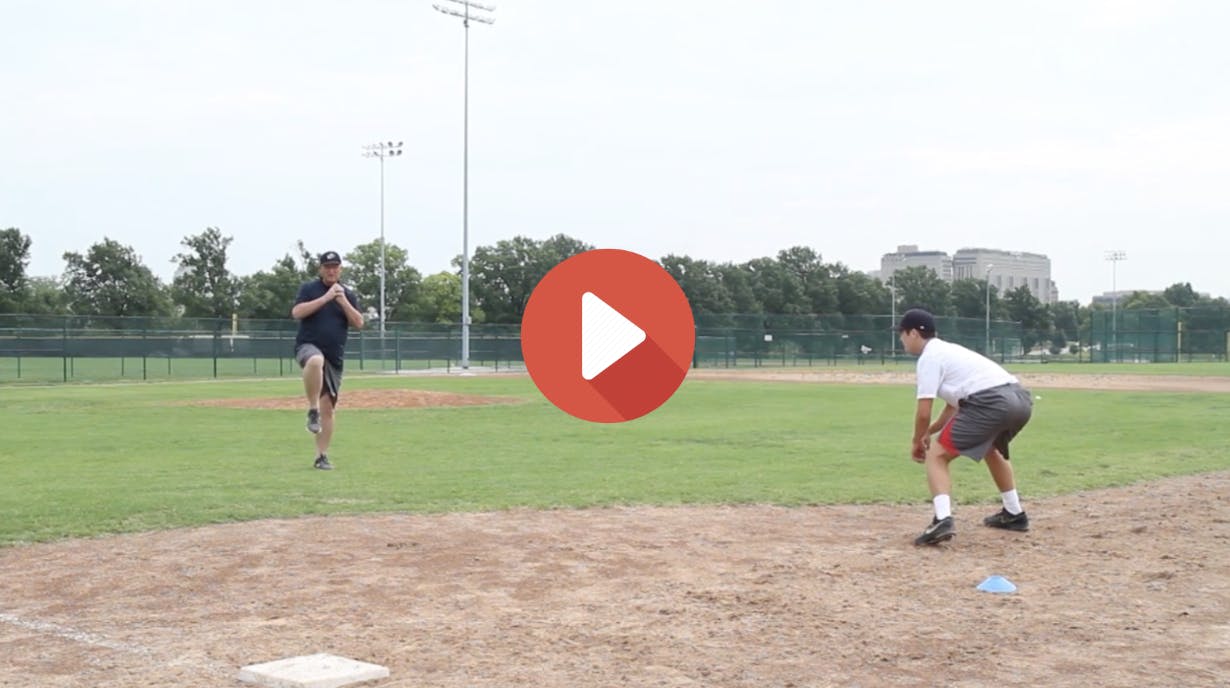Featured courses
- Understanding The Shift by Brandon Ogle
- Two Drills to Improve Outfield Movement and Communication by Grant Young
- The Ultimate Resource For Coaching Youth Baseball by Jackson Chlebowy
- Become a Master at Bunting by Brandon Ogle
- 5 Reasons Why There Is More To Good Base Running Than Just Speed by Brandon Ogle
- Three Injury-Prevention Tips For Your Offseason Pitching Program by Grant Young
- How to Teach Hitting to the Next Generation by Grant Young
- Developing Defensive-Minded Baseball Catchers by Grant Young
- 3 Baserunning Tips to Score More Runs in Baseball by Grant Young
- 5 Outfield Drills to Work on in Season by Alec Burris
- Keys For Scoring More With Runners on First and Third Base by Grant Young
- How to Develop Your Game to Become a Five-Tool Player by Brandon Ogle
- 3 Coaches Share the Keys to Running Baseball Practice the Right Way by Grant Young
- Four Drills to Sharpen a Baseball Hitter’s Vision at the Plate by Grant Young
- Four Quotes to Hit Better With Two-Strikes by Grant Young
- Four of Former MLB Pitcher Juan Nieves’ Movement-Based Pitching Drills by Grant Young
- Two Tips For Developing an Elite Baseball Bullpen by Grant Young
- Overcoming the Four Challenges of Indoor Baseball Practices Because of Weather by Grant Young
- Three Tips to Make Your Baseball Team Mentally Tougher by Grant Young
- Three Priceless Philosophies to Motivate Your Baseball Team by Grant Young
- Three Offseason Baseball Drills to Simulate Competition by Grant Young
- Three Baseball Offseason Strength and Conditioning Essentials by Grant Young
- Important Ways to Improve Your Baseball Team’s Baserunning by Grant Young
- Three Ways to Perfect Hitting Mechanics From an MLB Icon by Grant Young
- Catchers can influence pitchers...for bad or good by Drew Johnson
- Throwing Strikes and Playing Good Defense Equals Wins by Jose Ortiz
- Legendary Indiana Head Baseball Coach Bob Morgan’s Offensive Theory by Grant Young
- Tennessee Head Baseball Coach Tony Vitello on How to Practice Baserunning by Grant Young
- Three Great T-Ball Drills For Youth Baseball Players by Grant Young
- How to Manage a Baseball Pitching Staff by Grant Young
- Three Uncommon Tips to Become a Better Hitter by Grant Young
- How a Baseball Coach Can Develop Strike Throwers by Grant Young
- Drills to Develop Elite Baseball Outfielders by Grant Young
- Baseball Training Exercises to Strengthen Arm and Bat Speed by Grant Young
- How to Use Bunting to Score More Runs by Grant Young
- How To Build An Elite Baseball Infielder by Grant Young
- Three Drills to Improve Your Baseball Team's Infield Play by Grant Young
- Three Keys to Curating a Pitching Staff’s Success by Grant Young
- 3 Techniques to Develop a Baseball Player’s Hitting Approach by Grant Young
- How to Cultivate Confidence Within Your Pitchers by Grant Young
- 5 Every Day Drills To Help You Become A Better Catcher by tyler Linderman
- How to Throw A Curveball by Brandon Ogle
- How to Assemble a Lock-Down Bullpen by Brandon Ogle
- How to Throw a Sinker by Brandon Ogle
- How to be a Smart Baserunner by Brandon Ogle
- Improving a player's slugging average by Phillip Woolgar
- The 8 Fundamentals of Pitching by Drew Johnson
- How to Throw a Deceiving Changeup by Brandon Ogle
- Step Up Your Outfield Defense With These Three Drills by Jose Ortiz
- 8 Baseball Drills Every Player Should Practice by Drew Johnson
- How To Become An Elite Defensive Outfielder by Tyler Linderman
- 5 Tips For Crushing A Curveball by Johnny Grassi
- LEGENDS FOR YOUTH INCLUSION BASEBALL CLINIC by Phil
- Fourteen Ways To Turn A .300 Hitter Into A .210 Hitter by Jay P. Granat, Ph.D.
- How To Become The Ideal Leadoff Man by Brandon Ogle

Important Ways to Improve Your Baseball Team’s Baserunning
- By Grant Young
Good baserunning is crucial in baseball for various reasons. It enables players to advance bases and score more efficiently, thus enhancing the team's chances of success. Strategic baserunning can also exert pressure on the opposing team, which often leads to defensive errors. Furthermore, it showcases players' awareness of game situations and their ability to make quick, impactful decisions. In essence, proficient baserunning is a vital element of the game that can significantly influence the outcome of a game. And that’s why having baserunning drills that you can utilize to help improve your baseball team is of paramount importance.
Yet, coaching baserunning in baseball is challenging for several reasons. It requires teaching players to make split-second decisions while considering various factors such as the game situation, the speed and location of the ball, and the capabilities of the opposing team. Plus there’s the fact that baserunning involves a combination of speed, agility, and strategic thinking, making it a complex skill to coach effectively. Baserunning techniques can vary depending on the player's position, making it necessary for coaches to provide individualized instruction. Overall, coaching baserunning demands a deep understanding of the game and the ability to effectively communicate and demonstrate these intricate skills to players.
And Steve Nicollerat has the perfect techniques to help you increase your understanding of the game and improve your players’ baserunning prowess.
Coach Nicollerat is the Founder of Coach Baseball Right! Which provides baseball organizations with dozens of resources available to grow and elevate their current programs and deepen their kids' experiences. In addition, Coach Nicollerat has about 40 years of experience coaching varsity baseball at St. Louis University High School, as well as playing collegiate ball at St. Louis University.
Coach Nicollerat’s ‘The 10 Base Running Drills Every Coach Needs’ course gives coaches the foundational set of fundamental and progressive base running drills that they can build from to take their teams to a new level.
The Lead Off

The first aspect of a baseball team improving on the base paths is knowing how to have a good lead off of first base.
Coach Nicollerat notes that when taking a lead off of first base, the lead should be comprised of different distances if there’s an intention of the runner stealing the base. If the baserunner is a threat to steal bases or if it’s a situation where stealing a base makes sense, the baserunner should be taking a lead that’s a step farther away from first base than they would if they weren’t intending to steal a base.
While you may think that this will give away the baserunner’s intentions, the reality is that, from the pitcher's mound, a one-step difference isn’t discernible to the pitcher’s eye. They have so many other things to focus on that there’s really no chance they’re going to notice that one-step difference.
Another aspect of executing a good lead-off is that the runner should be positioned higher up in the baseline if they intend to steal, typically in line with where the front of the first base will be positioned.
Similar to the earlier point about the lead’s distance, nobody on the opposing team is going to recognize a few inches’ difference between where a player is taking their lead. But being just a little bit closer to the pitcher’s mound could help convince the pitcher that the baserunner is closer to the bag than they are. While this might only offer a slight advantage to the baserunner, baseball is a game of inches.
How to Steal

One of the most important aspects of stealing bases is understanding when the right time to run is. Even the fastest runner can get thrown out if they get a poor jump, and vice versa for someone who isn’t the fastest runner.
Coach Nicollerat says that the baserunner should be looking at the (right-handed) pitcher’s left foot when trying to gauge when to steal. As soon as that leg begins to lift off the ground, that’s what the runner should take off.
If the baserunner sees the right heel coming off the ground, they need to prepare to dive back to first base because that almost certainly means the pitcher is picking off.
This is extremely easy to drill, as a coach can go out and pretend to be a pitcher while a line of baserunners is in position in the baseline. As soon as the coach’s left feel lifts, the baserunners should simulate taking off for second base. And if the coach’s right heel lifts then they simulate giving back to first.
Reading Lefties

Coach Nicollerat discusses how to steal second base off of left-handed pitchers. The first part of this requires understanding whether the left-handed pitcher can read or not. If the lefty pitcher has proven that they can read effectively, it might be wise to not steal.
But if the lefty isn’t a reader, and instead uses a more deceptive pickoff move to try and negate the run game, Coach Nicollerat explains that one option is to have the baserunner take a big lead, then take off for second base as soon as the pitcher makes their first movement.
The idea behind this is that, if the pitcher’s pickoff move is slow, then the baserunner will have enough time to make it to second base if they steal once the pitcher begins their long pickoff move.
However, if you’re also looking to steal against a reading lefty, one way to do so would be to wait until the pitcher enters the apex of their delivery (the top of their leg lift). While this is a risk, the reading pitcher has most likely already made their decision to pitch rather than pick at this point, so the baserunner has a solid chance of stealing the base.



